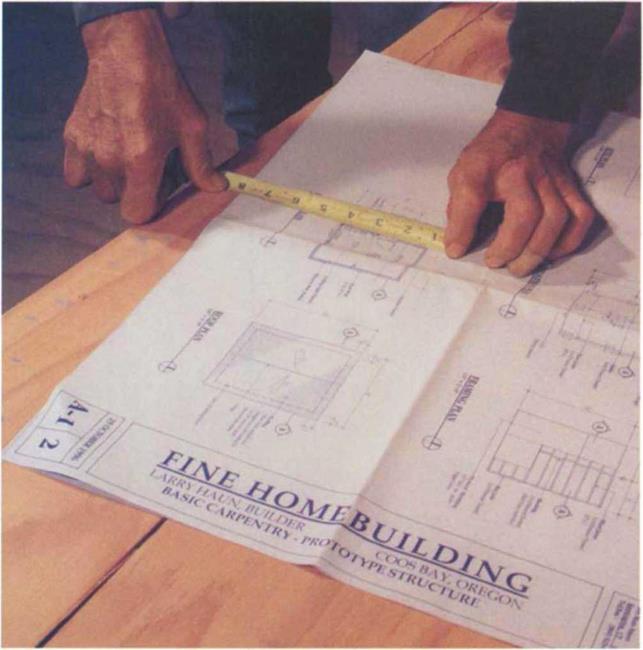MATERIALS
Work is not complete when the house frame is standing or when all of the trim and siding are nailed in place. From sandpaper to tape, from adhesive to caulk, other important materials are available to help carpenters put the finishing touches on our work.
The simplest thing to do when buying sandpaper is to pay attention to the grit. Look on the back of the sheet for the number of the grit. The higher the number, the finer the sandpaper grit, and the smoother the finished surface will be.
So, for example, 40 grit is coarse paper, 80 grit is medium, and 120 grit is fine. I try to buy sandpaper in bulk rather than in expensive precut pieces. Cut larger sheets of sandpaper grit-side down using a straightedge and a utility knife.
The two tapes I keep in my tool bucket are duct tape and electrical tape. I never go to the job without my roll of duct tape. Carpenters use it for a variety of jobs, such as holding plastic in place, patching torn building plans, protecting sharp sawblades and chisels, and even for mending ripped jeans. The original gray roll of duct tape is cloth backed and strong.
It’s always good to have a roll of electrical tape on hand. I use it to wrap my hammer handle near the head (to protect it) and to repair damaged power cords. Like duct tape, it can be used to protect the tip of a sharp chisel or to seal a tube of caulk.
As a child, I mixed flour and water to make the paste for my kites and art projects. This paste held about as well as anything I could buy in the store. Not so today. Now there are many types of super-strong adhesives available. The most common used by carpenters are construction adhesive and yellow glue.
Construction adhesive unites wood to wood and is used extensively by carpenters. It comes in small or large tubes that fit into a caulking gun. A bead of this adhesive is often spread on floor joists before laying down plywood sheathing or under stair treads.
Yellow glue is also used to join wood. Smear it on two edges, hold them together with clamps until the glue dries, and you have a joint as strong as the wood itself.
Polyurethane glue is a fairly new waterproof glue that can be used inside or outside (Gorilla Glue; see Sources on p. 198). It bonds to stone, metal, ceramics and plastic, and even works well on wood that has a high water content. It
foams as it bonds, so it fills small gaps, and the foam is easy to scrape off and sand after it sets. While it costs a bit more, it’s a versatile glue I use often.
If they make a mistake, carpenters joke that they can leave it for the painters to fix with caulk. While there is no excuse for poor work, many minor problems can be solved with a long-lasting, flexible caulk. For instance, a gap between a door and the subfloor can be closed with a good waterproof caulk (see the photo on the facing page). Caulk is flexible, so it allows for wood expansion
without cracking and creating holes where rain can enter. Cracks between wood trim and a wall can also be filled with caulk.
There are a number of different types and colors of caulk on the market, and the type you choose depends on the job you need it to do. The one most of us use is a latex caulk with acrylic or silicone added.
READING PLANS
Anything a carpenter builds—a workbench, a sawhorse, a house—comes to life because someone had a plan. Once
|
|
|







Leave a reply